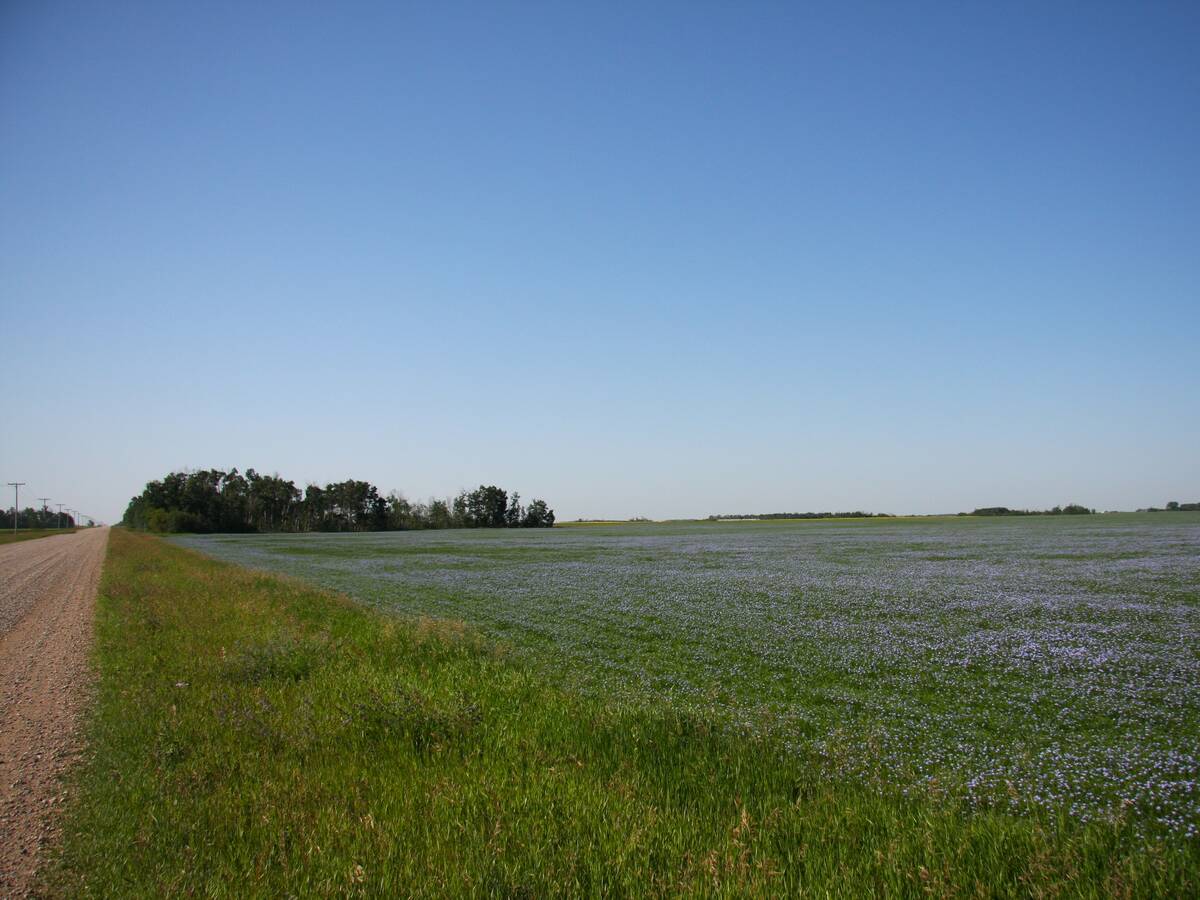Saskatchewan premier Lorne Calvert can check one item off his extensive to-do list for climate change.
Within a month of launching the Saskatchewan Energy and Climate Change plan, the premier has built a nation-wide political consensus to establish an E85 corridor across Canada.
“I now enjoy the support of all premiers,” said Calvert, minutes after the conclusion of last week’s Council of the Federation meeting in Moncton, N.B.
The premier is pitching an idea to work with industry to develop a network of service stations on the Trans-Canada Highway that will offer drivers a fuel blend containing 85 percent ethanol and 15 percent gasoline.
Read Also

Farmland advisory committee created in Saskatchewan
The Saskatchewan government has created the Farm Land Ownership Advisory Committee to address farmer concerns and gain feedback about the issues.
All of the major car manufacturers produce vehicles that can handle E85 blends. Chrysler has promised half the vehicles it builds by 2012 will run on E85. But so far there is only one service station in Canada offering the blend. Such fuel can reduce greenhouse gas emissions by as much as 40 percent.
Calvert said the initiative will be driven by the private sector, but he made a commitment that the Saskatchewan government’s fleet of 440 flexible fuel vehicles will gas up at E85 stations wherever possible.
He said all Saskatchewan needs is the proper infrastructure.
“From my point of view it’s not rocket science here. It’s a matter of some above ground fuel tanks strategically placed at a few strategic retail outlets.
“We could be ready to go tomorrow,” said the premier, who is also supporting the development of a similar fuel corridor on the Saskatchewan portion of the Yellowhead Highway.
Not so fast, says John Skowronski, director of environmental affairs at the Canadian Petroleum Products Institute. The industry association represents companies involved in the refining, blending and marketing of petroleum products.
Skowronski said drivers expect quality fuel products that are readily available, work every time and are cost competitive. The industry is a long way from being able to deliver that when it comes to E85.
Such an effort would require dedicated tanks, pumps and lines.
Developing a reliable supply of a brand new product also presents challenges for blenders and refiners.
“There is more chemistry involved than splashing 85 percent into 15 percent and you’re done. There’s a whole refining process that would probably require some changes,” he said.
He suggested the turnaround time in establishing such a corridor would be “long as opposed to short.” By comparison, it took four years to develop the infrastructure and regulations to implement Saskatchewan’s 7.5 percent ethanol mandate.
He also was concerned about the corridor being developed one province at a time because the petroleum industry isn’t built to respond to regional needs.















